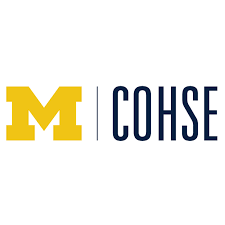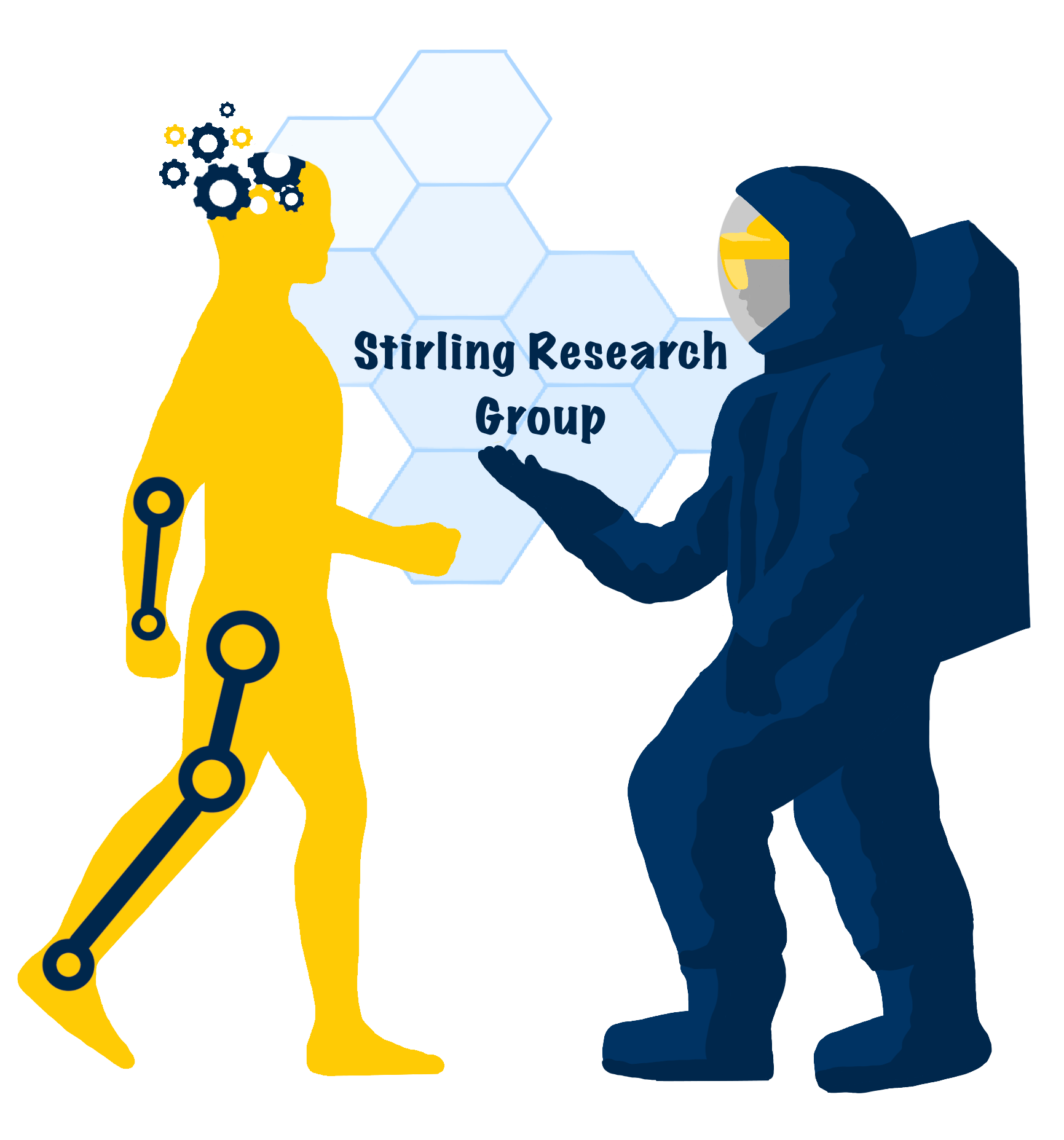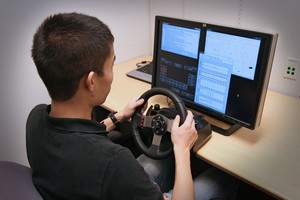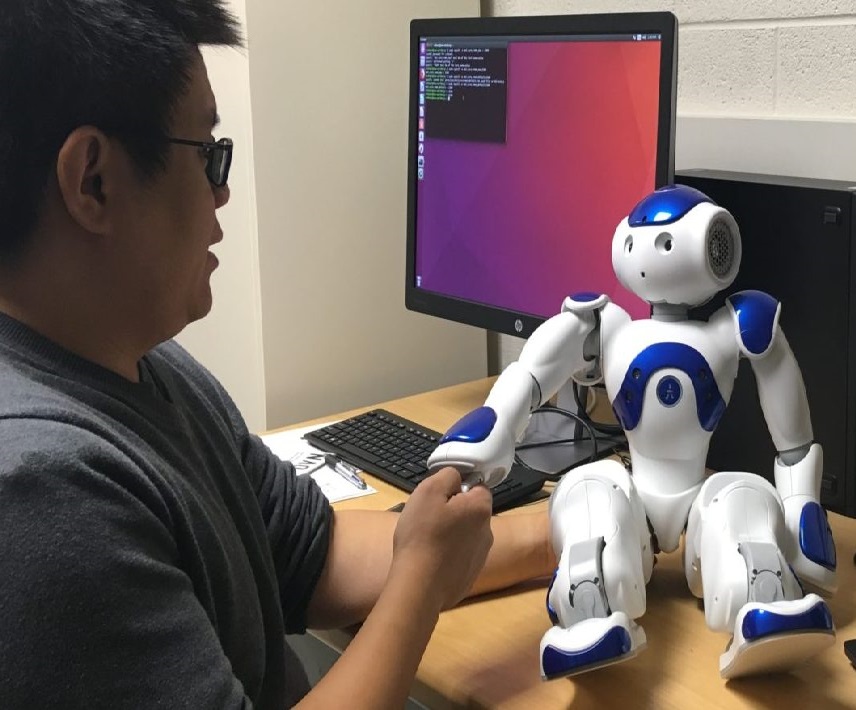HFES-Related Courses At UM
Fall Semester
Winter Semester
HFES-Related Research Groups at UM
University of Michigan Center for Ergonomics

Center for Occupational Health and Safety Engineering (COHSE)

The University of Michigan Center for Occupational Health and Safety Engineering (COHSE) is a NIOSH Education and Research Center (ERC). Since inception in 1982, COHSE has supported comprehensive graduate-level educational programs to aspiring practitioners and researchers in Industrial Hygiene (IH), Occupational & Environmental Epidemiology (OEE), Occupational Health Nursing (OHN), and Occupational Safety Engineering and Ergonomics (OSE) to help meet the nation’s needs for qualified practitioners and researchers. Our academic programs are complemented with our highly effective Pilot Project Research Training (PPRT) program, and Continuing Education (CE) courses.
Program to consider: Occupational Safety Engineering and Ergonomics Program
University of Michigan Transportation Research Institute (UMTRI)

The Stirling Research Group

The Stirling Research Group characterizes human physical and cognitive interactions in the presence of technology for goal-oriented manual task performance to design technology and operational decision-making aids. We blend human factors, biomechanics, and robotics. We use empirical studies to holistically study human-system interactions and leverage signal processing and controls intuition to design new solutions. The knowledge we create and systems we design will lead to interactive robotic and sensing technologies that people want to use to make their job easier. Our research has three thrusts: (1) Wearable motion sensing to support decision making, (2) Exoskeleton use and usability, and (3) Human-system interactions for space operations.
The Motor Augmentation and Neuroergonomics of humAn Systems (MANAS) Lab

- Kinetic, Kinematic and usability evaluations of back support exoskeletons for emergency response work.
- Understanding the mechanisms of neuromuscular fatigue under acute cognitive stress
- Mathematical modeling of neural hemodynamic data for capturing dynamic neural energy consumption
The Motor Augmentation and Neuroergonomics of humAn Systems (MANAS) Lab aims to understand how the human body responds and adapts to complex cognitive and physical demands especially in critical contexts or under the conditions of task failure. The following are the ongoing projects in this lab.
Cognitive Systems Engineering Lab

The cognitive systems engineering lab is used in conducting controlled human lab experiments on a range of cognitive systems engineering research issues, including cognitive performance, mental workload, cognitive architecture, multitask performance, engineering aesthetics, cultural factors in design, and developing computational cognitive models. More than a dozen Ph.D. dissertations have been completed with their experimental components conducted at the lab. The lab facility changes depending on the needs of the experimental research being conducted at the time. Examples of the lab equipment include desk top computers, a driving simulator, and experimental devices designed for engineering aesthetic research.
Interaction & Collaboration Research Lab (ICRL) at UM
